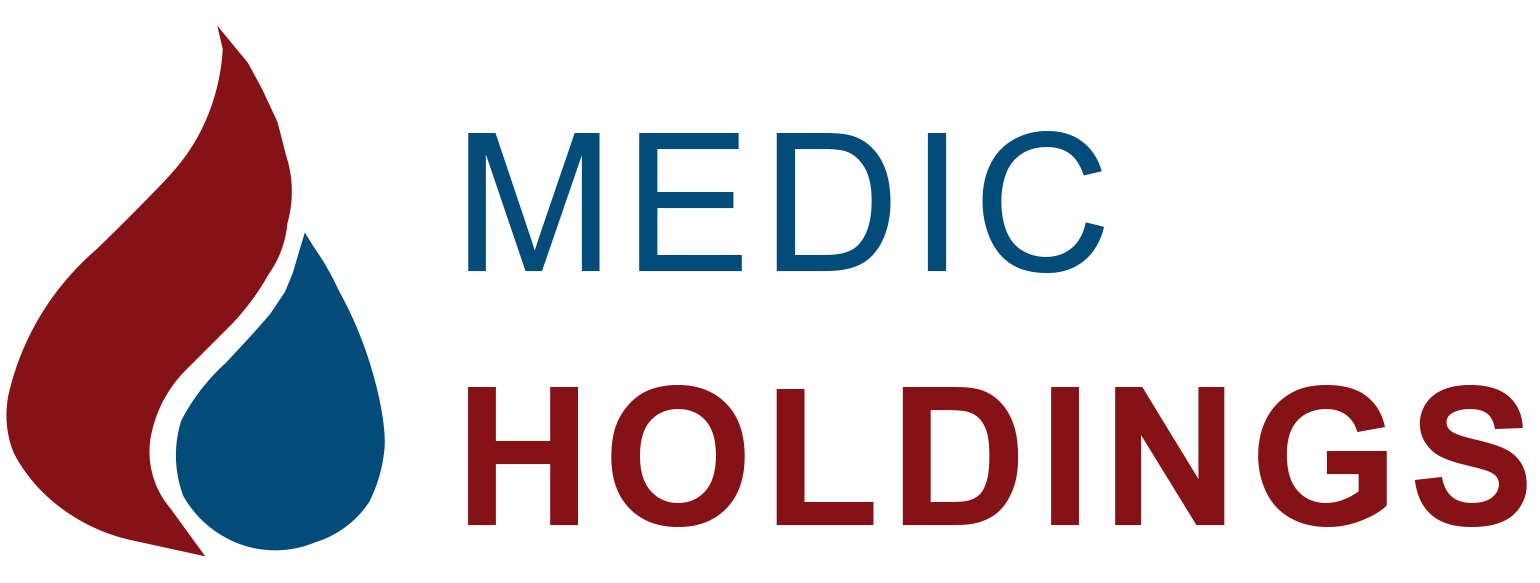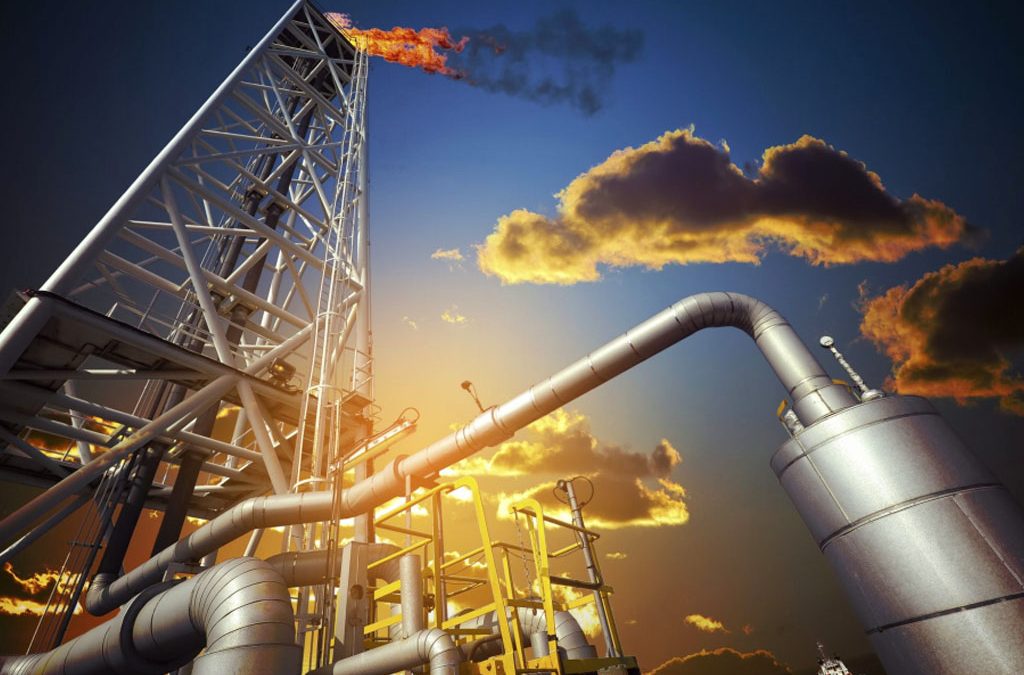Medic Holdings Limited, East Africa’s premier bulk petroleum marketing company, has embarked on a transformative journey by establishing Meedek PTL FZE in Dubai. This strategic expansion represents far more than geographic growth—it’s a fundamental restructuring of the company’s financial architecture, designed to unlock global capital while strengthening its African energy dominance.
This comprehensive analysis explores:
- The Capital Access Revolution – How Dubai opens doors to international finance
- Investment Thesis – Why global investors should care
- Financial Engineering – The mechanisms creating value
- Risk Mitigation – Safeguarding investor interests
- Competitive Advantages – What sets this expansion apart
- Projected Financial Impact – Modeling the upside
- The Road Ahead – From regional player to multinational energy platform
- The Capital Access Revolution: Why Dubai Changes Everything
Breaking the African Financing Ceiling
African energy companies traditionally face:
- Exorbitant interest rates (12-18% for trade finance)
- Limited loan tenors (rarely exceeding 12 months)
- Currency volatility risks
- Cumbersome collateral requirements
Meedek PTL FZE shatters these constraints through:
- UAE Banking Relationships
- Corporate accounts with Emirates NBD, Mashreq, ADCB
- Trade finance rates at 3-6% (vs. 12%+ in Africa)
- Longer tenors (180-360 day LCs standard)
- Capital Market Access
- Sukuk (Islamic bond) eligibility via DFM/Nasdaq Dubai
- Commodity-linked financing from Dubai Multi Commodities Centre
- Private equity introductions through DMCC networks
- Currency Advantages
- USD-pegged AED eliminates forex risk on 60% of transactions
- Multi-currency accounts for optimal settlement
Case Study: $50M Working Capital Facility
- Pre-Dubai: Local banks offer $20M at 14% (1-year term)
- Post-Meedek: UAE consortium provides $50M at 5.5% (3-year revolving)
Impact: Annual interest savings = $4.25M
- The Investment Thesis: Why Global Capital is Paying Attention
Compelling Value Propositions
For Institutional Investors:
- Asset-backed exposure to Africa’s energy growth (5.8% annual demand increase)
- Higher yields than developed market energy plays
- Diversification from traditional EM investments
For Private Equity:
- Platform investment opportunity with clear exit paths
- Proven management with 10+ years African execution
- Scalable infrastructure requiring capex infusion
For Trade Finance Providers:
- Hard collateral (oil inventories + receivables)
- Short-cycle turnover (90-120 days)
- Structural protections via Dubai legal framework
Market Fundamentals Driving Interest
| Metric | East Africa | Global Comparator |
| Fuel demand growth | 6.2% CAGR | Global avg: 1.8% |
| Infrastructure gap | $4.3B annual need | Mature markets saturated |
| Profit margins | 8-12% net | 3-5% in Europe/US |
| Political risk | Declining (EAC integration) | Comparable to LatAm |
- Financial Engineering: The Value Creation Mechanisms
Tiered Capital Stack Strategy
- Senior Debt (60%)
- Asset-backed loans from UAE banks
- Cost: SOFR + 350-450 bps
- Use: Working capital, inventory
- Mezzanine Financing (25%)
- Private credit funds specializing in Africa-Dubai trade
- Cost: 9-11% IRR
- Use: Storage infrastructure
- Equity (15%)
- Strategic partners (commodity traders, infrastructure funds)
- Target return: 18-22% IRR
- Use: Market expansion, M&A
Cross-Border Tax Optimization
Dubai Advantages:
- 0% corporate tax on trading profits
- No withholding taxes on dividends
- DTAAs with 138 countries
Sample Structure:
- Meedek PTL FZE earns trading margin
- Medic Holdings Uganda pays arm’s length fees
- Net result: Effective tax rate reduced from 30% to 12%
- Risk Mitigation: Protecting Investor Capital
Structural Protections
- Collateral Pool
- Inventory liens on Jebel Ali stocks
- Receivables assignment from African offtakers
- Corporate guarantees from Medic Holdings
- Insurance Wraps
- Lloyd’s of London cargo coverage
- Political risk insurance from MIGA
- Commodity price hedging via DME
- Legal Architecture
- English law contracts enforceable in DIFC Courts
- Escrow arrangements for critical payments
- Sanctions compliance screening
Stress Test Scenario
Event: 30% African currency devaluation
Mitigations:
- 70% of contracts USD-denominated
- Currency swaps cover 50% exposure
- Net impact: <5% EBITDA reduction
- Competitive Advantages: The Differentiation Edge
Unique Positioning Matrix
| Capability | Medic/Meedek | Regional Competitors | Global Traders |
| African distribution | ✓✓✓ | ✓✓ | ✓ |
| Dubai financing | ✓✓✓ | ✓ | ✓✓ |
| Local market knowledge | ✓✓✓ | ✓✓✓ | ✓ |
| Price competitiveness | ✓✓ | ✓✓✓ | ✓ |
Key Differentiators:
- Hybrid model combining global capital with local execution
- First-mover advantage in structured Dubai-Uganda trade
- Vertically integrated from sourcing to last-mile delivery
- Projected Financial Impact
Base Case Projections (USD millions)
| Metric | 2024 | 2025 | 2026 |
| Revenue | 150 | 320 | 550 |
| EBITDA | 12 | 28 | 50 |
| Capex | 8 | 15 | 20 |
| ROIC | 18% | 22% | 25% |
Value Creation Levers:
- Revenue: Dubai-enabled market expansion
- Margins: Cheaper financing + tax optimization
- ROIC: Asset turnover improvements
- The Road Ahead: Execution Priorities
Phase 1: Capital Ramp-Up (0-12 months)
- Secure $75M warehouse facility
- Onboard 2 anchor investors
- Achieve investment-grade rating
Phase 2: Strategic Deployments (12-36 months)
- Acquire downstream assets in Tanzania/DRC
- Launch bitumen trading vertical
- Establish Dubai-based treasury center
Phase 3: Liquidity Events (36-60 months)
- Nasdaq Dubai listing
- Strategic sale to global commodity house
- Infrastructure REIT spin-off
Conclusion: A Once-in-a-Generation Opportunity
Medic Holdings’ UAE expansion represents:
- 15-20% IRR potential for early investors
- Path to 5x revenue growth in 5 years
- Blueprint for African energy financing
- Investor Syndication Framework
Tiered Investment Structure
- Core Investors ($25M+ commitments)
- Rights to board observation seats
- Preferred return hurdles (8-9% p.a.)
- Co-investment rights in downstream projects
- Strategic Partners ($10-25M)
- Commodity offtake agreements
- Joint venture participation
- Technical assistance partnerships
- Fund Vehicles
- Africa-focused PE funds
- Infrastructure debt funds
- Sharia-compliant investment pools
Waterfall Economics
| Tier | Return Threshold | Carry Structure |
| Senior Debt | SOFR + 400bps | N/A |
| Mezzanine | 12% IRR | 10% promote |
| Equity | 18% IRR | 20% carry |
- Commodity Trading Desk Economics
Gross Margin Analysis
| Product | Margin/MT | Monthly Volume | Annualized Profit |
| Gasoil (10ppm) | $18.50 | 35,000MT | $7.77M |
| Jet A1 | $22.80 | 12,000MT | $3.28M |
| Bitumen | $27.40 | 8,000MT | $2.63M |
| Total | $13.68M |
Assumes 65% working capital utilization
- Asset-Backed Financing Models
Inventory Monetization Structures
- Warehouse Receipt Financing
- Jebel Ali storage as collateral
- 75% LTV at SOFR + 350bps
- Citibank/Mashreq syndicate
- Pre-Export Finance (PXF)
- 80% advance against confirmed orders
- 180-day tenors
- Islamic Murabaha structures available
- Receivables Discounting
- African government offtakes
- 85% advance rate
- ECIC cover available
- ESG-Compliant Financing Pathways
Green Finance Toolkit
- Sustainability-Linked Loans
- Margin reductions for:
- 15% fleet emissions reduction
- 20% renewable energy usage
- 100% ISO 14001 compliance
- Margin reductions for:
- Transition Bonds
- $75M 5-year issuance
- Proceeds for:
- Solar-powered storage
- Euro-V fleet upgrade
- Carbon capture pilots
- Investor Case Studies
Project Kudu: $40M Term Facility
- Purpose: Mombasa storage expansion
- Structure:
- 60% senior debt (Emirates NBD)
- 25% mezzanine (Afreximbank)
- 15% sponsor equity
- Returns:
- Senior: 7.25% all-in
- Mezz: 14% IRR
- Equity: 22% IRR
Bitumen JV with Nynas AB
- Structure: 51/49 partnership
- Capital:
- $15M cash (Medic)
- $20M tech/assets (Nynas)
- Output: 240,000MT annual production
- IRR Projection: 26-28%
- Liquidity Roadmap
Exit Pathway Matrix
| Option | Timeline | Valuation Multiple | Potential Buyers |
| Trade Sale | Years 3-5 | 6-8x EBITDA | Vitol, Trafigura |
| Dubai IPO | Year 4 | 9-11x EBITDA | EM-focused funds |
| Infrastructure REIT | Year 5 | 12-14% yield | Pension funds |
- Risk-Adjusted Return Modeling
Scenario Analysis
| Scenario | Probability | IRR Range | Key Drivers |
| Base Case | 60% | 18-22% | Steady demand growth |
| Upside | 25% | 25-28% | New market capture |
| Downside | 15% | 8-12% | Currency shocks |
- Comparative Capital Tables
Pre/Post Dubai Capitalization
| Source | Current (Uganda) | Proposed (UAE) |
| Local Banks | 100% at 14% | 30% at 6.5% |
| Int’l Banks | 0% | 50% at 5.75% |
| Capital Markets | 0% | 20% at 8-9% |
Execution Playbook: 90-Day Launch Plan
Month 1:
- Finalize DMCC licensing
- Open Emirates NBD accounts
- Hire trading desk head
Month 2:
- Secure $50M anchor facility
- Execute first 30,000MT deal
- Launch investor roadshow
Month 3:
- Onboard 2 strategic partners
- Implement risk management systems
- Finalize ESG framework
Conclusion: The Value Inflection Point
Medic Holdings stands at the rare intersection of:
- African energy demand surge
- Dubai capital abundance
- Proven operational capability
The Meedek PTL FZE vehicle transforms the company from:
→ Local distributor to regional champion to global energy platform
Final Investor Takeaways:
- First-mover advantage in structured Africa-GCC energy finance
- 20%+ IRR potential with asset-backed security
- Multiple exit horizons across 3-7 year timeframe
The capital is waiting. The infrastructure is ready. The time for decisive action is now.

